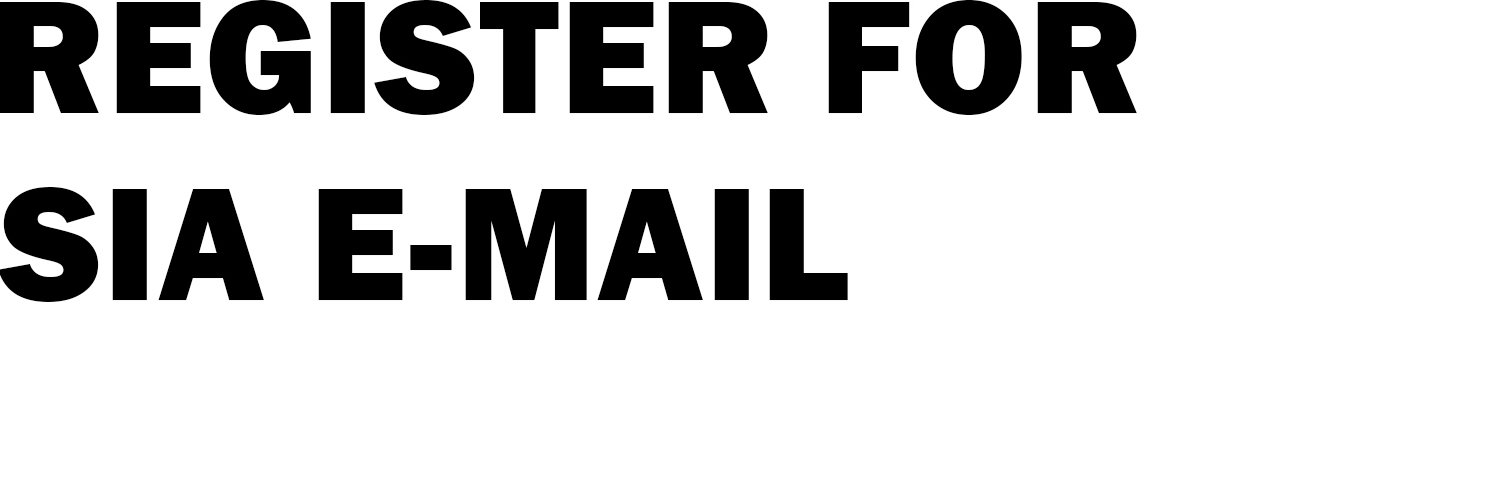Vogel Prize 2018 – Fred Quivik
2018 – Fred Quivik for his article “Nuisance, Source of Wealth, or Potentially Practical Material: Visions of Tailings in Idaho’s Coeur d’Alene Mining District, 1888–2001,” published in IA Vol. 39, Nos. 1 & 2, pp. 41-64.
This year’s winner of the Vogel Prize, Fredric Quivik, draws our attention to the expanded ecological footprint that industrialization ushered in. Extractive industries like mining offer an excellent case in point where, measure for measure, waste has essentially always outweighed and out-produced the material actually sought after. The progressive exploitation of poorer ores at increased economies of scale magnified this ratio of product to waste dramatically. The ramifications of these economic calculations have continued well past the lifespan of industrial operations, meaning that many present and former mining communities now wrestle with the consequences of living among modified and compromised landscapes.
Quivik is no stranger to researching the environmental issues that are inextricably part of mining’s legacy, having authored several articles about industrial landscapes. In “Nuisance, Source of Wealth, or Potentially Practical Material: Visions of Tailings in Idaho’s Coeur d’Alene Mining District, 1888–2001,” which appeared in the Vol. 39 double issue, Quivik provides a nuanced study into mining’s voluminous and undesirable byproducts. His investigation into the practices and historical perceptions of mill tailings reveals how views about industrial waste were always contested, although at times from standpoints different than those of today. Historically, the pre-eminent concern rested upon the volume of waste material being generated more than its chemical character.
Quivik’s study of Idaho’s Coeur d’Alene district documents how the problem of where to put waste gave rise to several solutions, ranging from attempts to impound tailings to purchasing compromised watersheds outright and then to the inventive technique of using dynamite to dislodge the material from streams. Inarguably, the most novel solution involved putting this troublesome material to practical and profitable use. Quivik’s keen analysis of documentary, photographic, and material evidence reveals how tailings became worked into the fabric of the built environment. The town of Wallace spread tailings across its streets, and entrepreneurs used tailings as aggregate in concrete blocks for constructing commercial and institutional structures, including the county courthouse. Mining waste, in this regard, symbolically and literally laid the foundations on which legal disputes involving the mining industry came to take place. Quivik’s article is an important reminder for us to consider the wider, ongoing, and altogether more complicated ecological signatures of industrialization.
Excerpted from T. Arron Kotlensky’s award presentation speech at the 2018 SIA Annual Meeting

